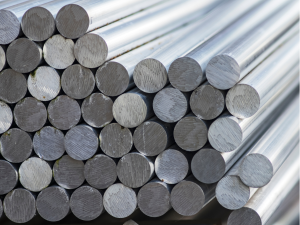
Wittbecker: What comes after 'Liberation Day'?
A week after "Liberation Day," the global economy got a 90-day “stay of execution.” The Trump administration hit the pause button on many of its broad tariff measures, with the exception of China.

A week after "Liberation Day," the global economy got a 90-day “stay of execution.” The Trump administration hit the pause button on many of its broad tariff measures, with the exception of China.

Despite ordering a new review of Nippon Steel’s bid for U.S. Steel, President Trump said he is still against selling USS to a Japanese company, according to media reports.
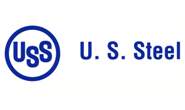
Investment firm Ancora Holdings Group has halted its play for U.S. Steel's board, citing Nippon Steel’s proposed bid for USS “gaining momentum.”

President Trump has ordered a new review of Nippon Steel’s proposed buy of U.S. Steel, to be completed within 45 days.

Tariffs are taxes that the government collects. Funds are disbursed by acts of Congress. If domestic companies, including manufacturers, are to benefit from “protective” tariffs, they must raise their prices as well. Maybe not by the entire amount of the tariffs, but by some. Inflation will come.

Who could’ve guessed that the first stage to follow liberation would be confusion. Well, when things get this liberated this fast, perhaps it’s to be expected. From the 30,000-foot view, “Liberation Day” didn’t have a significant impact on steel tariff-wise. That is, the Section 232 steel and aluminum tariffs stand alone from the reciprocal tariffs […]
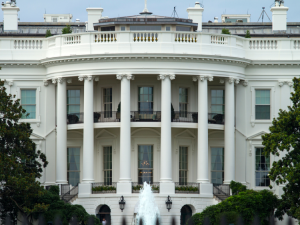
President Trump’s promised “Liberation Day” has arrived, with a 10% minimum tariff on imports. But there are some very important exceptions: The United States’ USMCA partners, Canada and Mexico, are excluded from the reciprocal tariffs for now. In addition, steel, aluminum, as well as autos and auto parts are excluded from the reciprocal tariffs. That’s […]

The market breathlessly awaits the arrival of President Trump's "Liberation Day."

South Korea’s Hyundai has formally announced a nearly $6-billion investment to build a steel mill in Louisiana to supply steel for the company’s automotive interests in the southeastern US.

Are President Trump's tariff policies helping? Steel buyers offer their opinions on the impact of Trump's tariffs.
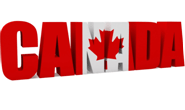
Section 232 tariffs are expected to go into effect March 12.

Don't forget that Trump's reinstatement of the Section 232 tariffs on steel and aluminum imports is slated for Wednesday, March 12.

“It is completely shocking for the United States to treat a long-time and fair trading partner in this manner,” the Canadian Steel Producers Association said.
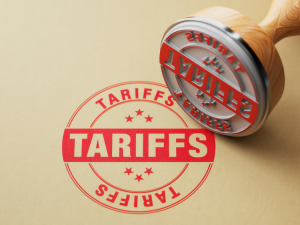
President Trump reaffirmed Monday afternoon that his 25% universal tariff on all imports from Canada and Mexico would take effect on Tuesday. “Tomorrow – tariffs 25% on Canada and 25% on Mexico. And that’ll start,” Trump told reporters Monday, according to an Associated Press report. “They’re going to have to have a tariff.”
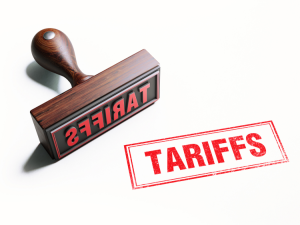
On Thursday morning, Trump posted on Truth Social about Canada and Mexico: “the proposed TARIFFS scheduled to go into effect on MARCH FOURTH will, indeed, go into effect, as scheduled.”
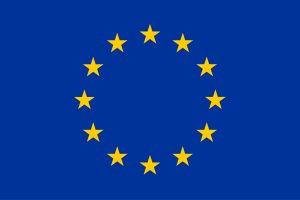
President Donald Trump indicated in a cabinet meeting Wednesday that a 25% blanket tariff on all imports is coming for the EU next.

Tuesday, March 4, marks the end of a 30-day delay in the levies.

SMU Community Chat with CRU's Josh Spoores.

To say we’ve entered a “Brave New World” since Jan. 20 might be an exaggeration, but we’ve definitely entered a different one.

President Donald Trump said last week that he could place tariffs on auto imports, according to an article in Politico.

Two US trade associations representing domestic steel producers have come out in favor of President Donald Trump’s announcement on reciprocal tariffs.

A look at how SMU survey respondents are reacting to President Trump's recent actions on tariffs.

President Donald J. Trump signed a Presidential Memorandum announcing the “Fair and Reciprocal Plan” for trade on Thursday. This would eventually see the levying of reciprocal tariffs on trading partners after a trade analysis for each country is conducted.

US steel prices set to jump after President Trump levies new tariffs.

Steel and aluminum have been identified as high priorities for trade

Canada fights back, a little As this article was about to be posted, Canada had not backed down to US President Trump’s 25% tariffs coming for Canadian goods at the stroke of midnight. In fact, the Government of Canada had pushed back, saying it would implement 25% tariffs on $155 billion worth of US products […]

“It is not by imposing tariffs that problems are resolved, but by talking and dialoguing,” President Claudia Sheinbaum said.

The benefits from higher tariffs are speculative and unproven. The disruptions caused by tariffs and other trade restrictions are better documented and cannot be rationally denied. For the tariffs to be good policy, the Trump argument must therefore be sure that the benefits to the US exceed the cost of these disruptions. Otherwise, we have madness masquerading as policy.

The Trump administration will implement 25% tariffs on Canada and Mexico and 10% tariffs on China, according to a White House fact sheet and executive orders circulated on Saturday. The administration said that it would tariff “energy resources” from Canada at a lower rate – 10%. The tariffs will go into effect at 12:01 ET on Tuesday, according to an executive order. The White House documents made no mention of exemptions.
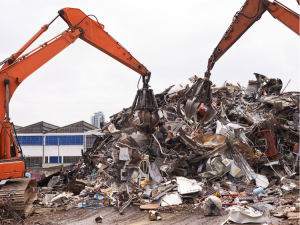
The scrap and metallics market has reacted to the tariffs potentially being implemented on our neighbors to the north and south. These could have a serious impact on the market, especially on Canada, unless these products are exempted.